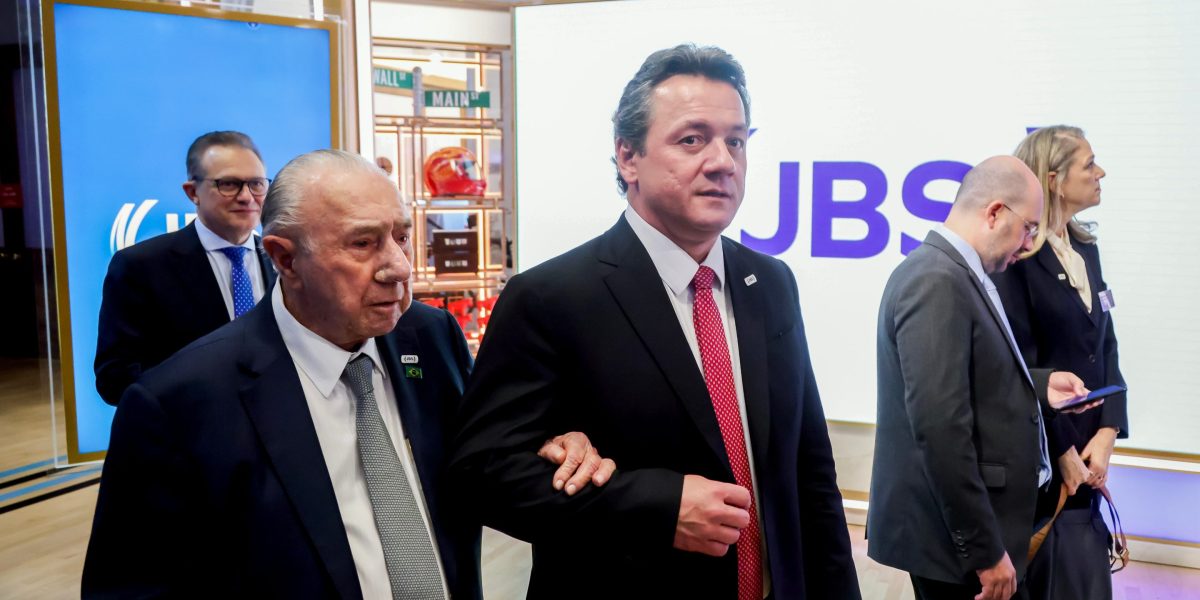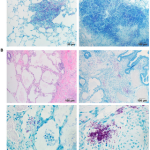Wesley Batista, who leads the Brazilian meat-packing giant JBS alongside his brother Joesley, has highlighted a significant shift in the U.S. beef market. He noted that Americans’ growing appetite for protein is pushing the nation to rely increasingly on imported meats.
In a recent interview with the Financial Times, Batista stated, “The U.S. is facing the highest beef price in history and so the U.S. needs to import more and more because production is not there to support the demand.” This trend is fueled by the rising popularity of protein-dense diets, increasingly present in various food items, even in beverages like Starbucks lattes.
A study from JBS’s competitor, Cargill, backs this observation, revealing that 60% of surveyed consumers reported increasing their protein consumption in 2024, a marked rise from fewer than half of respondents in 2019.
Batista suspects that the recent surge in demand for protein may also be influenced by the arrival of GLP-1 drugs, such as Ozempic and Mounjaro. He commented, “No one knows exactly what the impact of these new drugs is. But something is happening because protein overall became [a trend]. In the past, the doctor said you should not eat too [many] eggs, you should not eat too much protein. Now it’s the other way around.”
Challenges in the U.S. Beef Market
Despite being the world’s leading beef producer, the U.S. has found itself increasingly dependent on Brazil for additional meat supplies this year, as domestic cattle numbers dwindle. The situation has escalated to the point where imports of Brazilian beef surged by an astonishing 91% in the first half of 2023, even after the Trump administration implemented a 10% “Liberation Day” tariff in April.
Furthermore, although Brazilian imports began to decline in August following an increase in tariffs—now totaling 50% due to ongoing political disputes—other countries like Australia, which face only a 10% tariff, are poised to benefit from the demand for beef. The USDA anticipates an overall increase in beef imports for the latter half of the year, predicting a rise of 16% compared to the previous year.
Batista, who formerly served as CEO of JBS and is currently a board member, emphasized that the company was relatively insulated from the impacts of tariffs since it predominantly produces meat for the U.S. market within the country. JBS stands as the primary producer of beef in the United States. Just this June, the company’s shares began trading on the New York Stock Exchange, and as of August’s third fiscal quarter, JBS’s operations in America accounted for nearly a third of its global sales.
Price Increases Amidst Supply Concerns
As these market conditions evolve, the price of ground beef has soared to new heights, climbing 13% to reach an unprecedented $6.32 per pound as reported by the Bureau of Labor Statistics in August. Compounding the price increases is the sharply reduced supply of cattle, with the U.S. cattle inventory estimated at just 28.7 million head as of July, marking the lowest level recorded since data collection began in 1973.
“Of course products are still getting more expensive in some markets, but demand is still very strong, especially in the US,” Batista concluded, reflecting the ongoing complexities and dynamics of the beef market amidst changing consumer preferences and external pressures. This evolving scenario illustrates the interplay between supply constraints and insatiable demand for protein as American dietary habits continue to shift.






